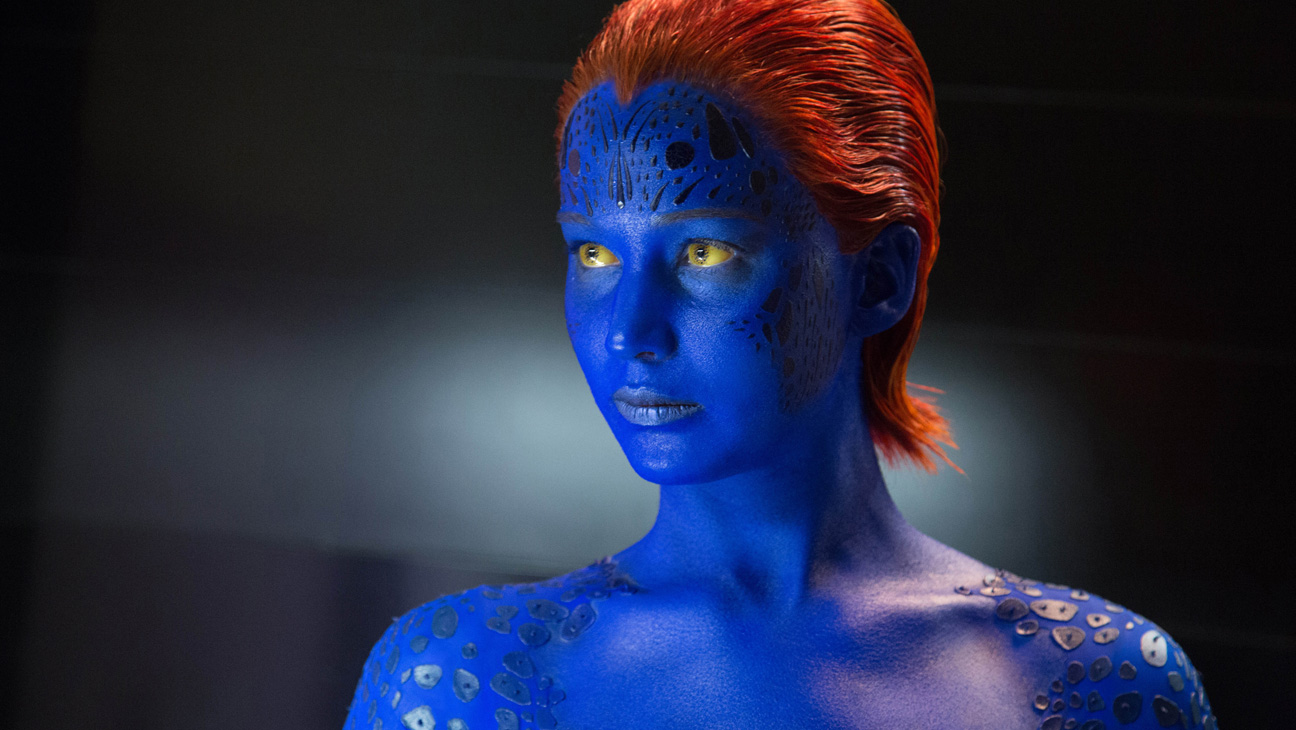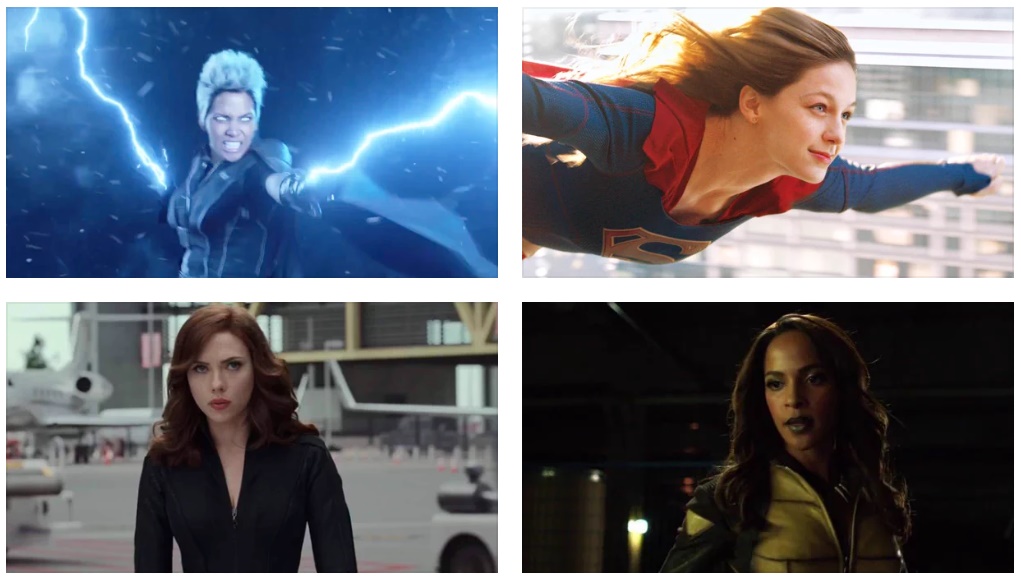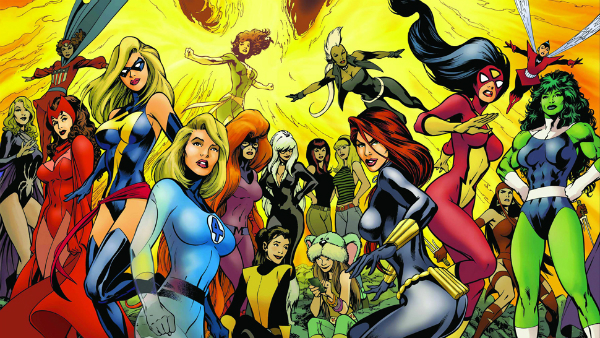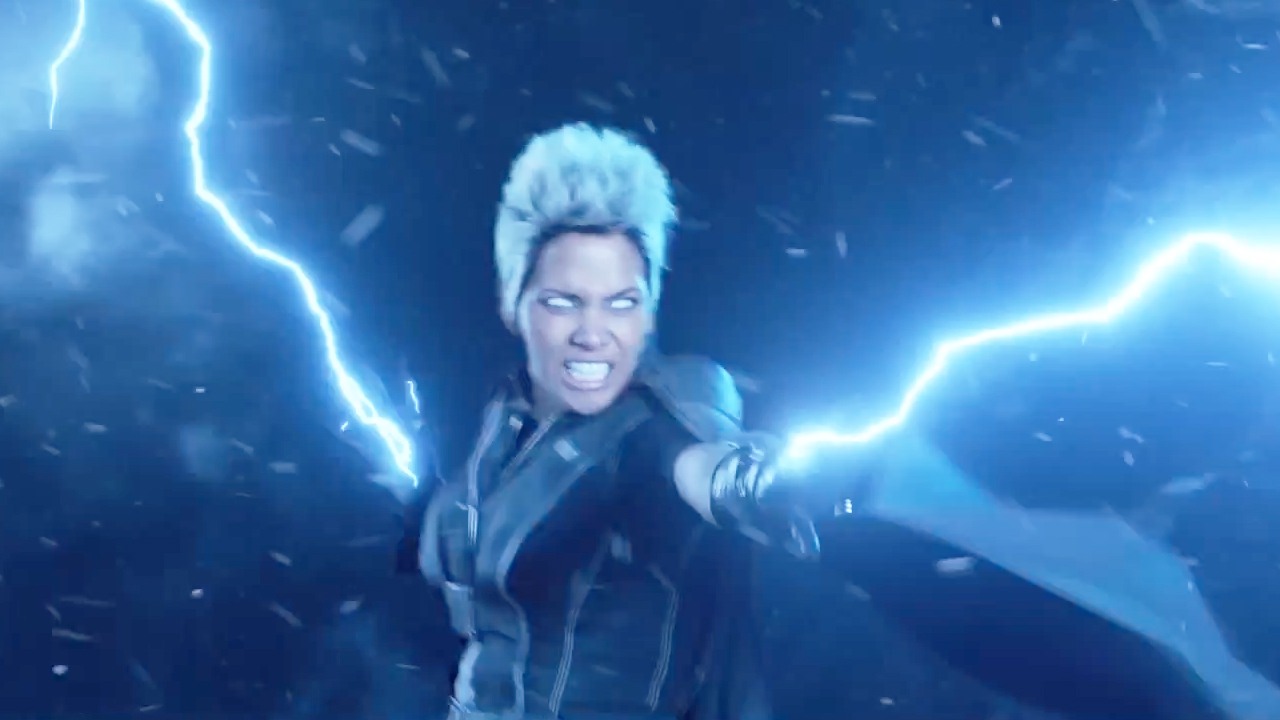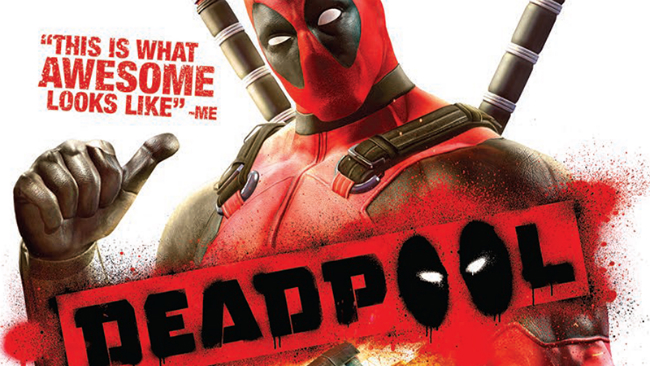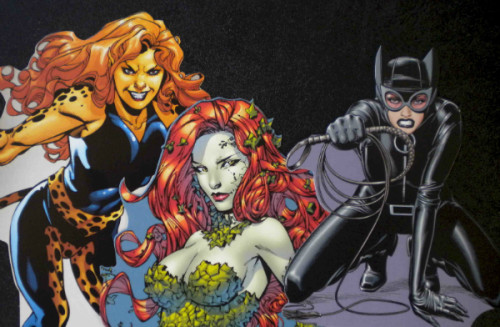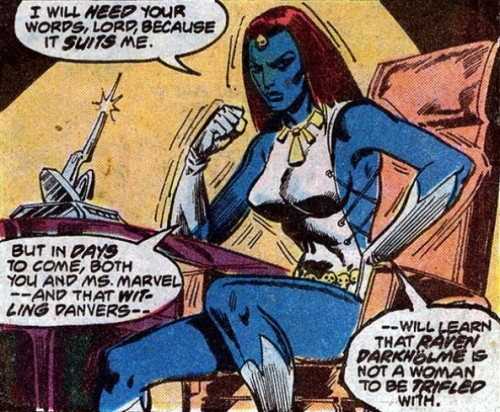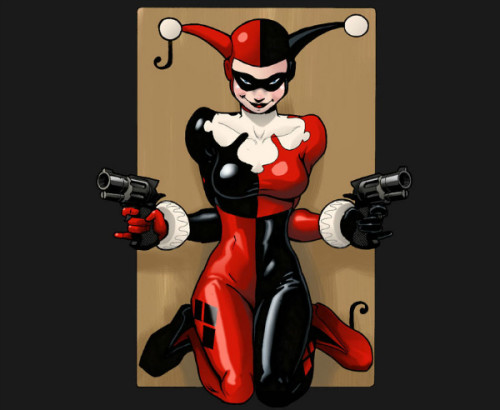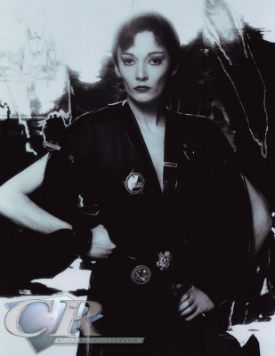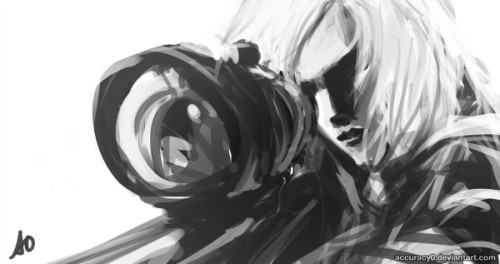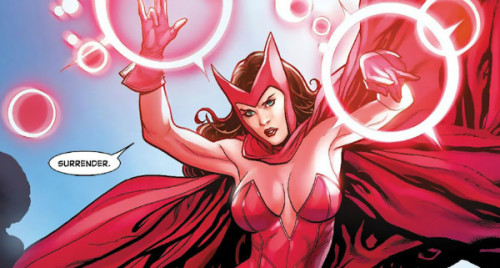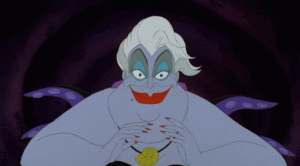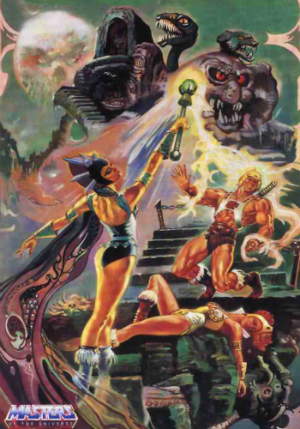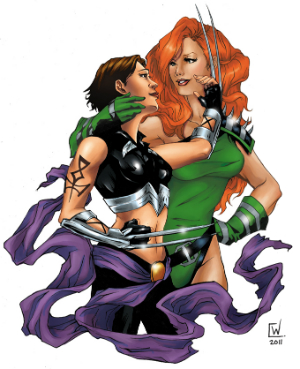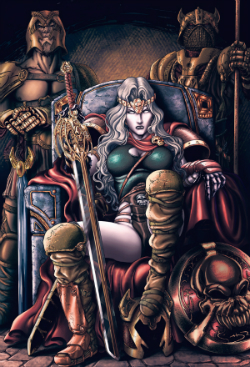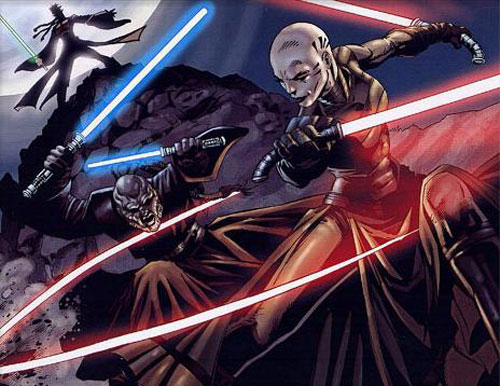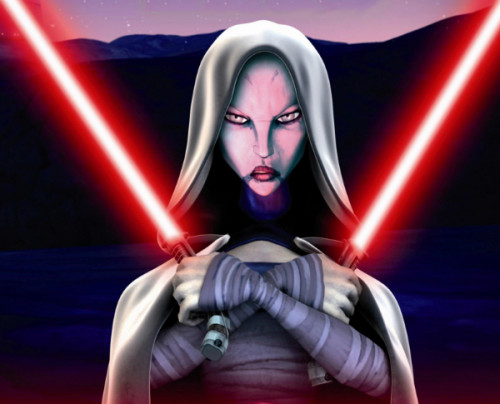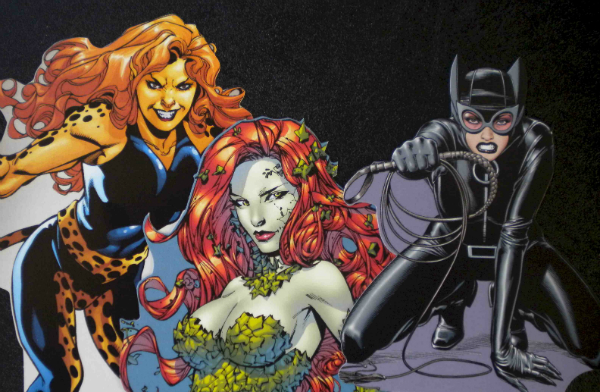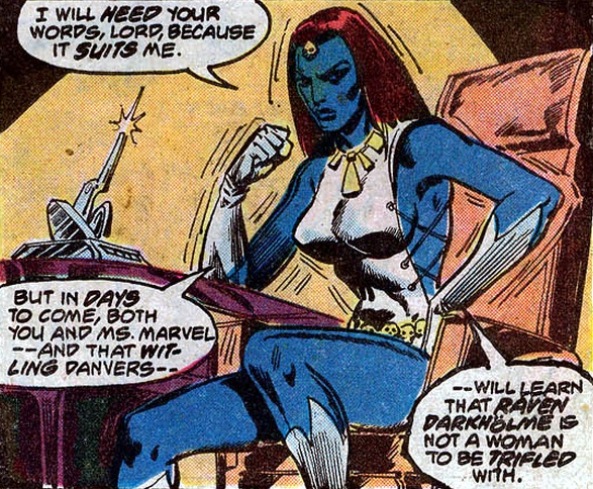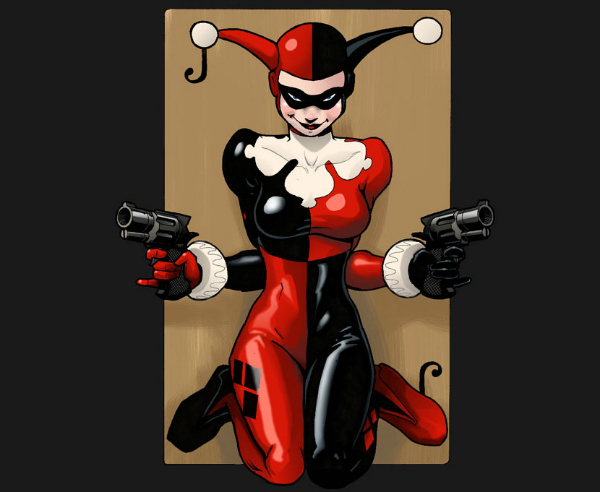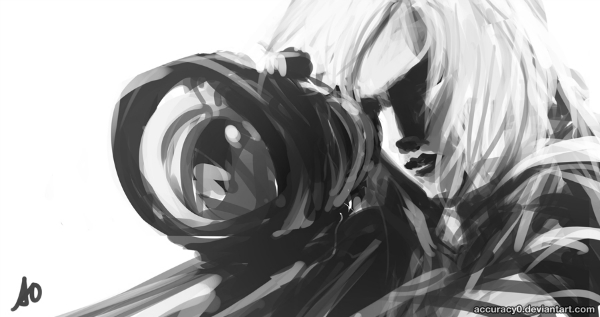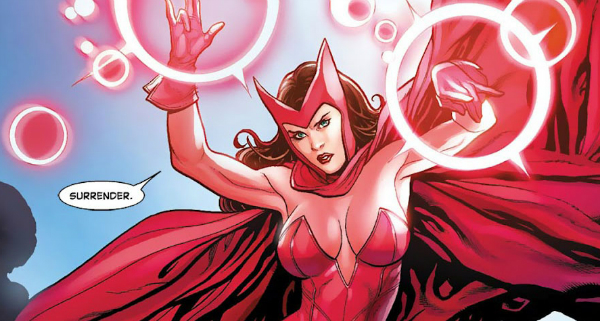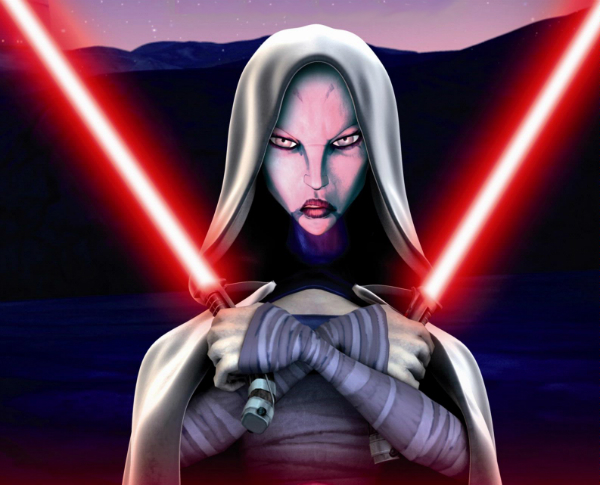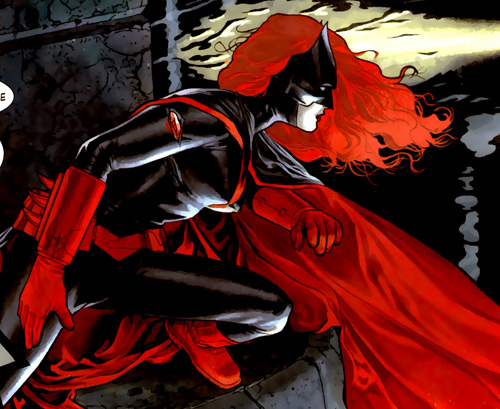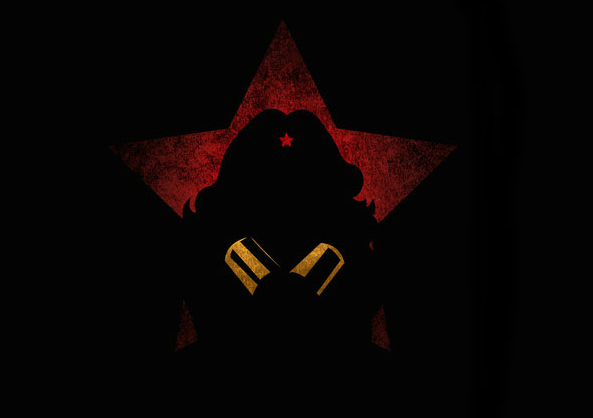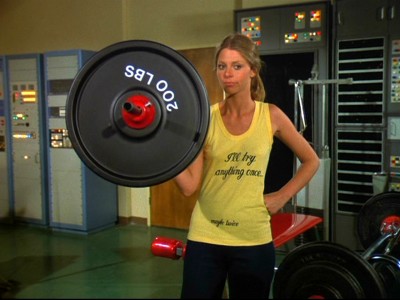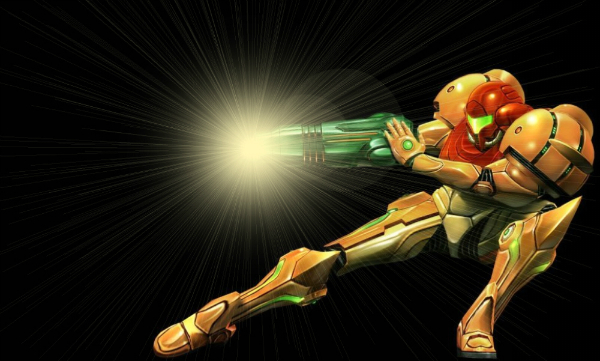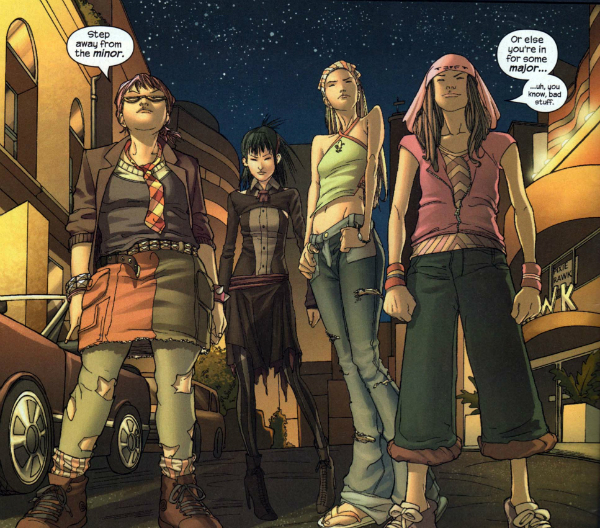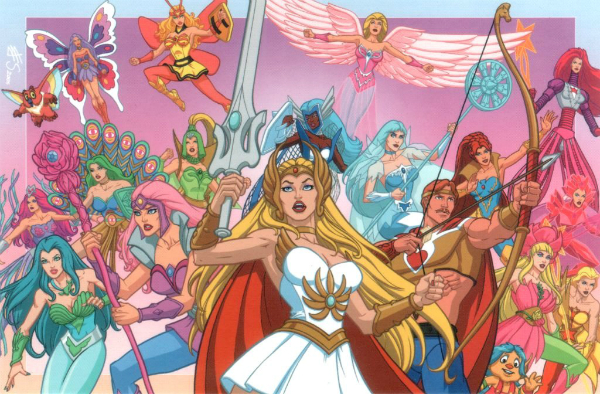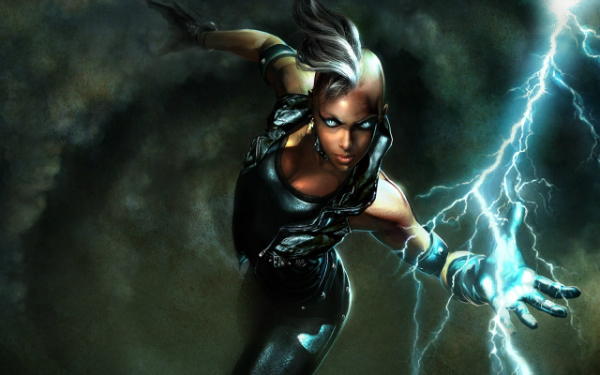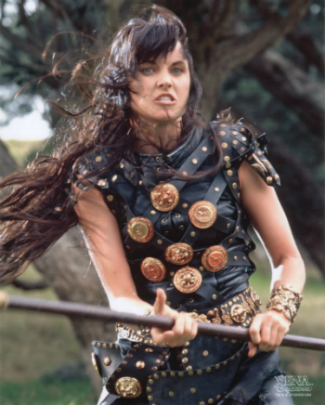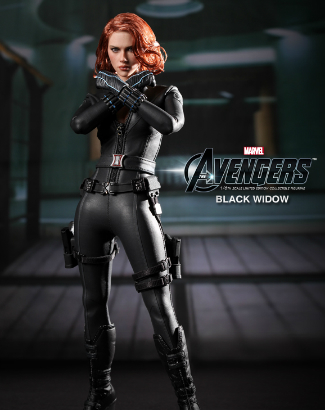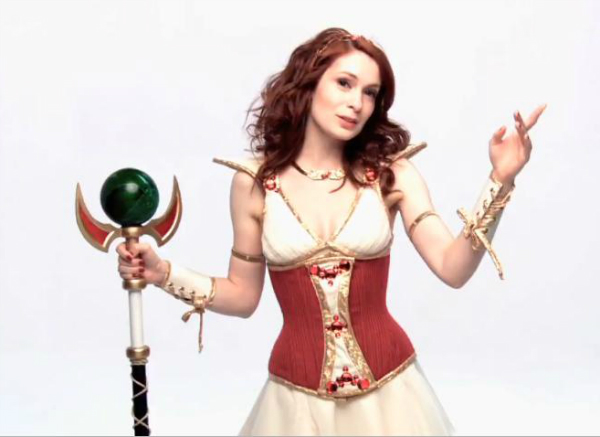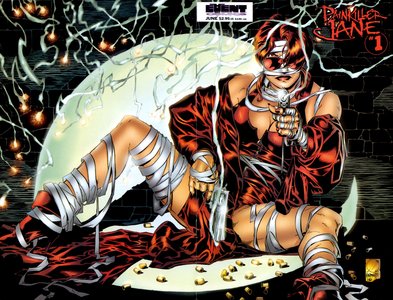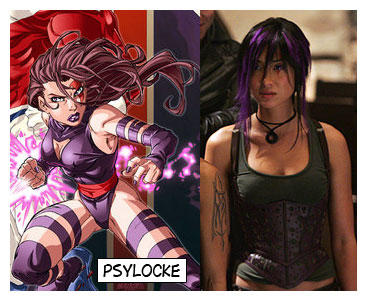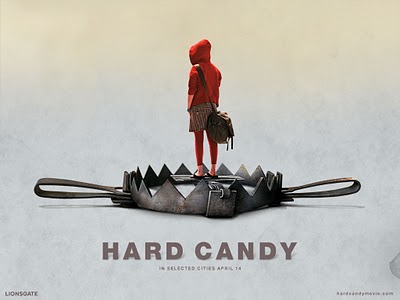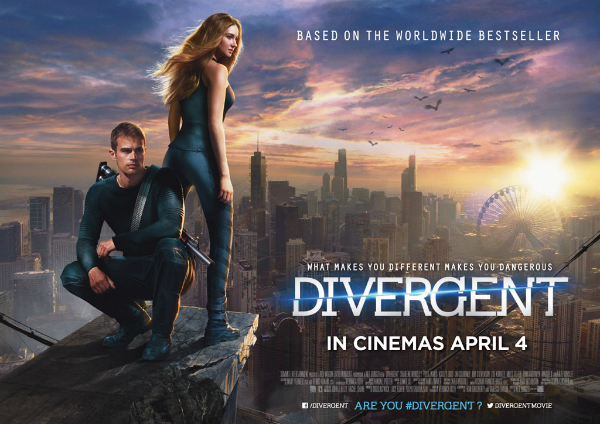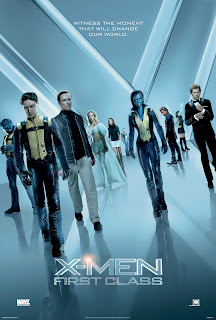
This guest post written by Amy Squire originally appeared at Fanny Pack and an edited version appears here as part of our theme week on Bisexual Representation. It is cross-posted with permission.
Did you know that 23rd September is Bi Visibility day?
Since 1999, the bisexual community has celebrated and promoted its existence on this day but it may seem a strange idea that bisexuality needs more visibility. Everyone has heard the term and many claim to understand it. It’s the famous ‘B’ in ‘LGBTQ’ (lesbian, gay, bisexual, trans, and queer). Yet glaring misconceptions and myths still persist, and bisexual people often face rejection from both inside and outside of LGBTQ communities. Bisexual erasure is all around us, but you don’t miss what you don’t see — until someone points it out.
Misconception and myth
Misunderstanding is a causal factor of bisexual erasure. Such misunderstandings can be willful; a refusal to believe in the experience and existence of bisexuality. The most common of these is when a bisexual person settles into a long term relationship or marriage. Depending on the gender of their partner, they are assumed to have settled as either gay or straight, with their previous preferences dismissed as a phase or mistake.
Image source: me-me-me.tv
But the myth-busting of bisexuals as confused or promiscuous can in itself be harmful. It maintains the ideas that confusion and promiscuity are harmful, abnormal, and best avoided. This is challenging for societies that view lifelong monogamous relationships as the ideal. The term ‘bisexual’ itself has been seen as trans-exclusionary, as it most popularly describes people attracted to one of two binary sexes. However, its meaning has evolved since the first recorded use of the term in 1824, when it described intersex people. Later in 1892, it was repurposed to its common use today.
Bisexuality and homosexuality
Bisexual erasure is often a symptom of biphobia, which is expressed in different ways. Bisexual people have been accused of simultaneously being closeted gay people taking advantage of straight privilege — or benefiting from straight passing privilege, which doesn’t actually exist — and attention-seeking heterosexual people taking over queer spaces.
They may erase themselves in order to fit in to either space. Some bisexual people refuse to discuss the gender of their partner where they are of the opposite sex, so as not to contribute to homophobia. They are also often erased in legal matters and the marriage equality debate, where their rights vary depending on the gender of their partner and same-sex couples will automatically be referred to as lesbian or gay.
Ironically, when lifelong bisexual visibility activist Robyn Ochs married her partner Peg Preble in 2004 (in one of the first same-sex marriages in the U.S.), she was misidentified in the press as a lesbian.
Pop culture invisibility
Bisexuality is commonly erased in the media, despite there being many examples of characters attracted to multiple genders. The Netflix series Grace and Frankie follows two women whose husbands fall in love with each other. They continue to love and sleep with their wives, but when they are found out, people call them gay. Some argue bisexual women are more “acceptable” to society than bisexual men. Viewed through the heterosexual male gaze, the idea of women who could sleep with you and other women is titillating; the idea that your male friend could be attracted to you as well as his girlfriend might be more unnerving. Both thoughts are dehumanizing to the individual in question.
Despite this, even the beloved series Buffy the Vampire Slayer didn’t discuss Willow the witch being bisexual, despite being hailed as a progressive show. She was openly attracted to her male best friend, had a long-term relationship with a man, then was suddenly gay. Writers side-stepped discussion of whether she had felt societal pressure to get a boyfriend and was a lesbian all along. Bisexuality was never mentioned at all. Many bisexuals feel her sexuality was erased but most lesbians understandably feel she was a great example of representation. Others have a new interpretation of sexual fluidity to try and reconcile the two.
Image source: Hellmouth Yeah Whatever
Conversely, well-known bisexual or gay characters are erased from the media by being rewritten as straight. Did you know that Mystique from the X-Men is bisexual in the comics? Her character was brought to the mainstream through the X-Men film franchise, but she was only depicted following or being attracted to men. Given her ability to morph into any man or woman at will, sexual fluidity is a logical conclusion for her character.
Bi discrimination
Biphobia at its most dangerous can be lethal. There is poor understanding of the mental health issues of the bisexual community, as well as an increased rate of suicide. In 2013, the U.S. Centers for Disease Control and Protection found that 61% of bisexual women have a lifetime prevalence of rape, physical violence, and/or stalking by an intimate partner. This is compared to 45% and 35% for lesbians and heterosexual women respectively.
The portrayal of Amber Heard’s bisexuality as incriminating, rather than a risk factor in her alleged abuse from ex-husband Johnny Depp, is a damning example of society’s biphobia. The explanation that he may have been jealous of her female friends is another example of bisexual people being deemed as promiscuous and dishonest. Shockingly, in this case it’s used as an excuse for intimate partner violence.
These are just a few ways in which bisexual people are made invisible. So what is the future for bisexual people? Both heterosexual and LGBTQ communities need to accept and listen to them. Some are now choosing to redefine themselves. Pansexuality and polysexuality are the latest identifiers, which some use as an alternative to bisexual, while others claim it’s a way to describe people who are attracted to all gender identities (such as agender, genderqueer, Two Spirit, and non-binary people, as well as cis and trans women and men).
However, like feminism, bisexual people are now using their original name to encompass a more intersectional, trans-inclusive meaning. Ultimately, it’s up to you to describe your own identity. That may even mean not using a label at all. I hope with every Bi Visibility Day that passes, it becomes more of a celebration and less of an appeal for recognition.
Amy Squire is from Essex and works in London. She is a contributor and the social media coordinator for Fanny Pack. Raised a feminist in an all-female household (much of the time in her mother’s student digs), her approach is that feminism is inclusive, common-sense, and applicable to all our daily lives. Her passion for equal rights and opportunities for women and the next generation of girls developed during her midwifery training. She learned about women’s issues such body image, domestic violence, and female genital mutilation and how they often come to a head during childbearing. She now wants to use her writing to spread the positive message of feminism.
